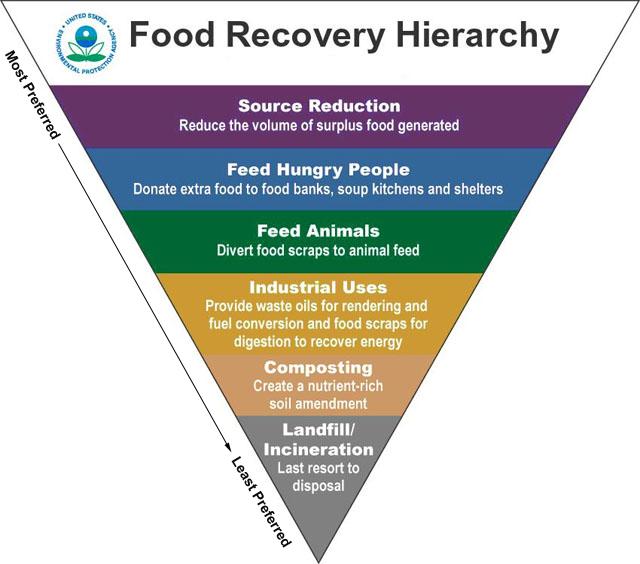International Efforts on Wasted Food Recovery

International Efforts to Address Food Waste
In May 2016, ministers and delegations from 174 countries gathered in Nairobi, Kenya to discuss a wide variety of critical environmental issues at the Second United Nations Environment Assembly (UNEA-2). The conference focused on the theme “Healthy Environments, Healthy People.” The assembly adopted a resolution introduced by EPA on the prevention, reduction and reuse of food waste, marking the first time this topic was raised as a significant issue in a multilateral environment ministers meeting. More recently, at the Fourth United Nations Environment Assembly (UNEA-4) in March 2019, a resolution was passed that builds upon the U.S. sponsored UNEA-2 resolution by recognizing the important role that cold-chain solutions and innovative technologies have when prioritizing food loss and waste prevention.
Since 2015, EPA, Environment and Climate Change Canada and Mexico’s SEMARNAT (Department of Environmental and Natural Resources) have been collaborating on preventing and minimizing food loss and waste as a shared North American priority area through the North American Commission for Environmental Cooperation (CEC). The CEC efforts continue under the Measuring and Reducing Food Loss and Waste project, Exit which is working to effectively measure food loss and waste in the North American food chain; calculate its environmental and socioeconomic impacts; and provide tools and education to prevent and reduce loss and its impacts on food security, the economy, and the environment in North America.
In April 2019, the Commission launched two new products. The first is a technical report and practical guide to address food loss and waste throughout the food chain using measurement tools based on scientific, proven principles. The guide provides easy-to-use measurements and information for every segment of the food value chain – from primary production to manufacturing and the food service industry. The Technical Report Exitand the Practical Guide Exitare available in English, French, and Spanish. The second deliverable is the Food Matters Action Kit, Exit a youth engagement toolkit containing activities designed for youth across North America to prevent food waste in their homes and communities. These twenty activities are arranged for two age groups, one for kids, ages 5-13 and another for youth, ages 14-25. Individuals, teams of friends, or clubs and organizations can register to document their achievements, earn shareable Food Waste Hero badges and challenge others on this site.
EPA supported a recent report by the UN Environment Programme North America Office titled, “Waste Not, Want Not: Reducing Food Loss and Waste in North America Through Life Cycle-Based Approaches,” Exit which was released during UNEA-4 in March 2019. The report examines ways in which life cycle thinking and related tools such as life cycle assessment can be used to inform effective policy making to reduce food loss and waste. Multiple case studies in the report highlight examples on how lifecycle thinking is already being used successfully to reduce food loss and waste in North America.
